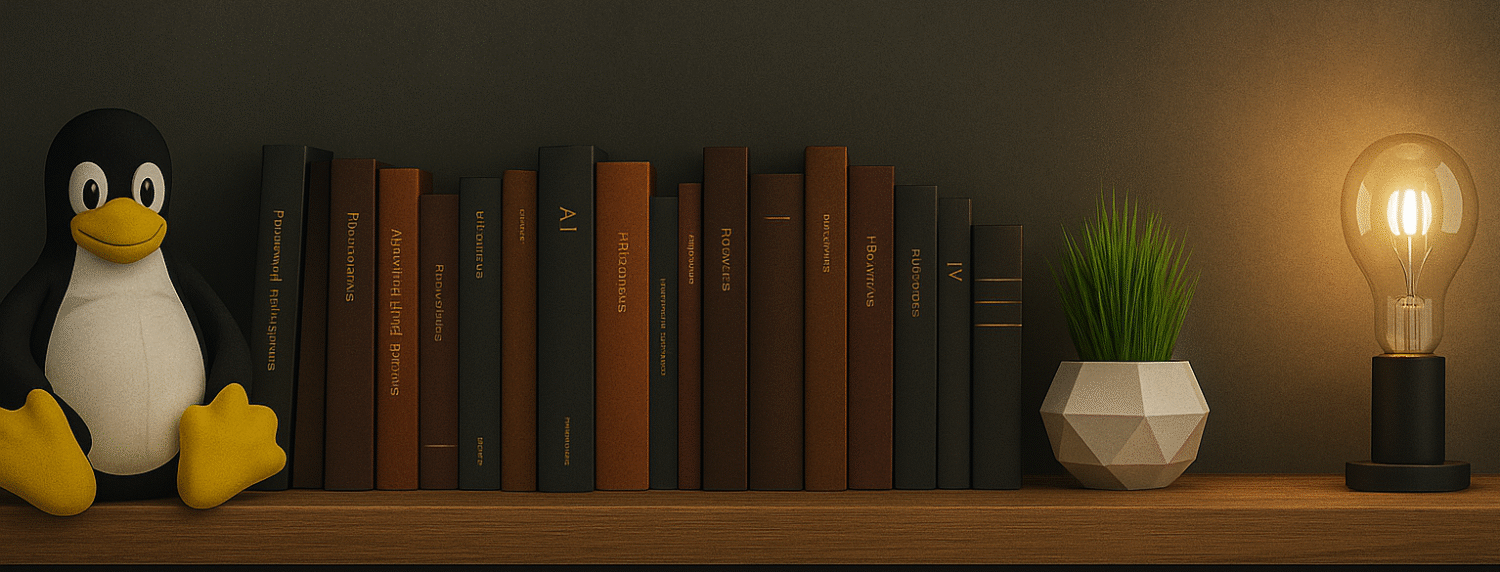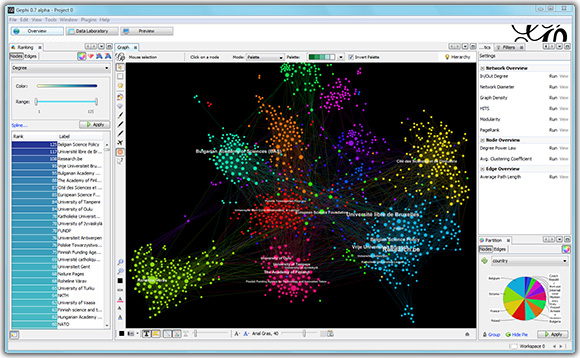Introduction
Mathematics and art have long shared a symbiotic relationship, intertwining to create awe-inspiring and thought-provoking creations. One such fascinating intersection of these disciplines is Tupper’s formula, an intriguing mathematical expression that generates captivating visual patterns. In this article, we delve into the world of Tupper’s formula, exploring its origins, significance, and the captivating art it has inspired.
Understanding Tupper’s Formula
Tupper’s formula, named after mathematician Jeff Tupper, is an expression that visually represents a specific range of numbers on a graph. The formula is defined as:

Where k represents a constant value, and the (x, y) coordinates on the graph determine whether a pixel should be coloured black or white. By manipulating the value of k and plotting the resulting pixels, intricate and mesmerizing patterns emerge.
Origins and Significance
Tupper’s formula gained prominence when Jeff Tupper demonstrated its capabilities as a fascinating mathematical curiosity. Despite its apparent complexity, the formula showcases the beauty and elegance inherent in mathematical expressions. It serves as a testament to the power of mathematics to create stunning visual representations of abstract concepts.
The Aesthetics of Tupper’s Formula
The patterns generated by Tupper’s formula are not just random arrangements of pixels; they possess remarkable symmetry, intricacy, and aesthetic appeal. When visualized, these patterns often resemble intricate geometric designs, fractal-like structures, or even artistic motifs. The sheer visual beauty of these creations has captivated mathematicians, artists, and enthusiasts alike, leading to their incorporation into various art forms.
Applications and Inspirations
Tupper’s formula has inspired a wide range of artistic interpretations. Artists and designers have used the patterns generated by the formula as a source of inspiration for creating captivating visual artworks, such as paintings, sculptures, and digital art pieces. The fusion of mathematics and art through Tupper’s formula has opened up new avenues for creative expression, showcasing the profound connection between these seemingly distinct disciplines.
Beyond the realm of art, Tupper’s formula also finds practical applications in computer graphics, data visualization, and cryptography. Its ability to generate visually appealing patterns has been harnessed in various digital media and graphical representations, enhancing the visual experience for users.
Conclusion
Tupper’s formula exemplifies the harmonious relationship between mathematics and art, revealing the inherent beauty and creativity found within abstract mathematical concepts. Its visually stunning patterns have not only mesmerized mathematicians but also inspired artists to create captivating artworks. Tupper’s formula serves as a testament to the interconnectedness of different disciplines, showcasing the boundless possibilities that emerge when art and mathematics converge.
So, the next time you encounter Tupper’s formula or its visually striking patterns, take a moment to appreciate the fusion of art and mathematics and let your imagination soar in the captivating world it unveils.








